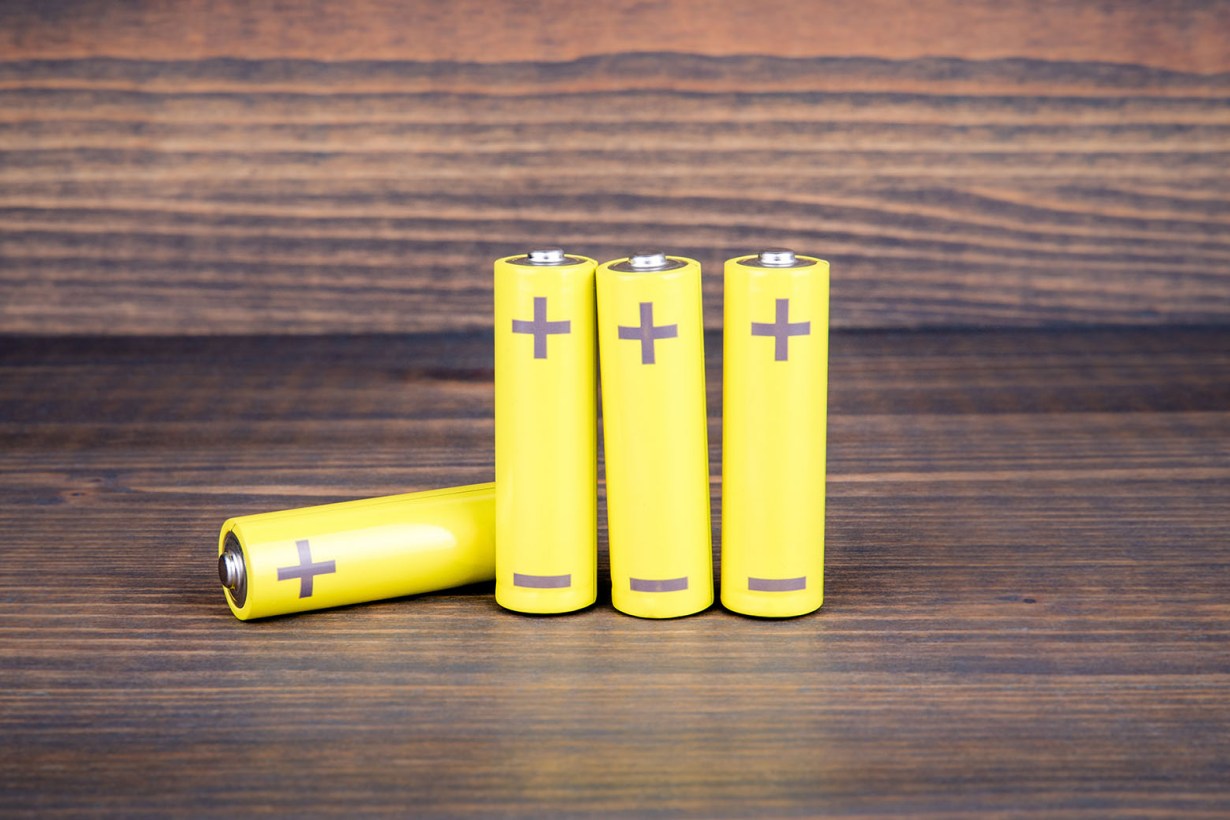One of the biggest game changers in the world of consumer electronics was the introduction of the dry cell battery, especially the small yet powerful AA battery. A wide range of toys, appliances, tools, and gadgets suddenly became compact and portable, no longer tethered to a power cord and a household electrical outlet.
The AA battery made it possible to carry a powerful flashlight in a pocket or play a transistor radio on the beach. AA batteries also powered many popular motorized toys, electric razors, remote controls, and electronic clocks. AA is still one of the most popular battery sizes today.
The technology behind AA batteries has improved significantly over the years, with rechargeable brands and conventional brands with longer lifespans and boosted power. Replacements are readily available and are still surprisingly affordable. Modern AA batteries are also more eco-friendly, with recyclable components and packaging.

How to buy the best AA batteries
How AA batteries work
Dry cell batteries of any size are essentially electronic fuel cells that depend on a chemical reaction to work. The positive end of an AA battery is also called a cathode. The negative end is also called an anode. In the space between these two poles is a chemical solution known as an electrolyte. During a chemical reaction in the electrolyte, excess electrons flow toward the anode, but they have nowhere to go. The repelled electrons want to flow to the positive cathode but require a connection to form a closed loop. An insulated wire provides this connection, and the result is an electrical current that can power small motors or other electronics.
Types of AA batteries
It is important to determine the ideal type of AA battery to power different devices. The manufacturer will often include recommendations for a specific type of AA battery to use for maximum performance or those types to avoid in order to prevent damage. There are three basic types of AA batteries to choose from:
- Alkaline AA batteries: Standard alkaline AA batteries are the most common type found on store shelves and come at an affordable price. The term “alkaline” refers to the chemical electrolyte inside the casing, which generates a steady flow of electrons until the chemicals lose their potency. A few alkaline AA batteries can be recharged, but most have a shelf life of five to 10 years, depending on usage.

Energizer AA Batteries, Max Double A Battery Alkaline: https://amzn.to/44l2ssn
- Lithium AA batteries: AA batteries using lithium as an electrolyte are generally promoted as high power or long-lasting. They are noticeably more expensive than standard alkaline batteries and are usually recommended for high-drain devices, such as drones, cellphones, and laptop computers. It is important to note that lithium batteries are not rechargeable, unlike lithium-ion or li-on batteries.

Energizer Ultimate Lithium AA Batteries (8 Pack), 1.5V Lithium Double A Batteries: https://amzn.to/3IenYqh
- Rechargeable AA batteries: Recharging an AA battery involves reversing the natural flow of electrons and restoring the electrolyte to its original state. The first rechargeable AA batteries were made from nickel and cadmium (NiCd), but modern versions are more likely to contain nickel-metal hydride (NiMh) or lithium-ion (li-on). One advantage of rechargeable batteries is that they will self-balance, meaning an older battery will still perform well with a newer one, unlike disposable alkaline batteries that can become unstable when mixed.

Energizer Power Plus Rechargeable AA Batteries (4 Pack), Double A Batteries: https://amzn.to/3Gt71Yy
High-drain vs. low-drain devices
When choosing the best AA battery for a new electronic device, it is important to determine if that device is considered high drain or low drain. A high-drain device draws a significant amount of power in a short amount of time, and some AA batteries cannot keep up with the demand. A low-drain device only requires a steady trickle of power to work, but some AA batteries may be too powerful.
Common high-drain devices include cell phones, portable gaming systems, remote-controlled toys, and digital cameras. Manufacturers usually recommend AA batteries engineered specifically for high-drain devices, typically lithium or rechargeable batteries.
Low-drain devices, such as remote controls, LED flashlights, small toys, and clocks, can function properly with standard alkaline, lithium, or rechargeable batteries. When in doubt, there are lists available of common devices considered to be high drain or low drain. Low-drain alkaline batteries should never be used in high-drain devices, but high-drain batteries can be used in low-drain devices if necessary.
